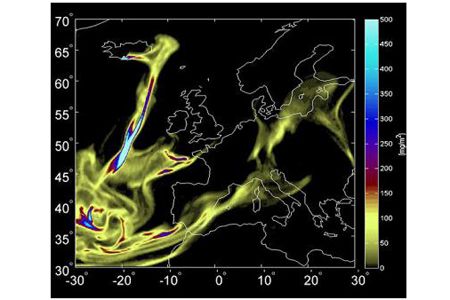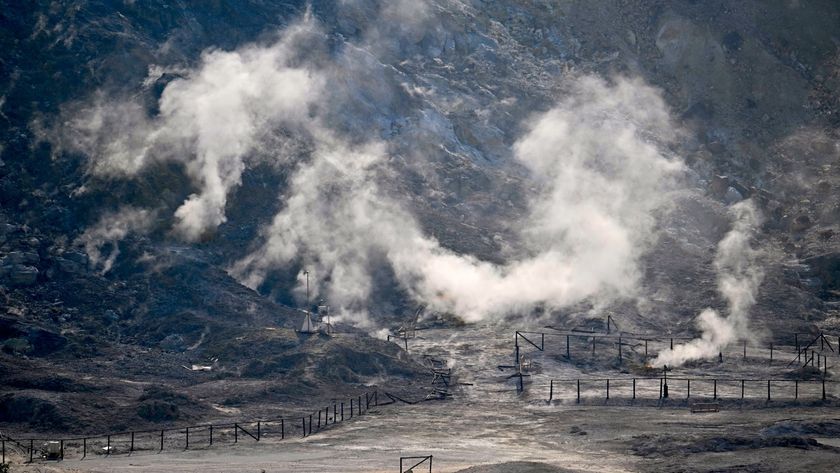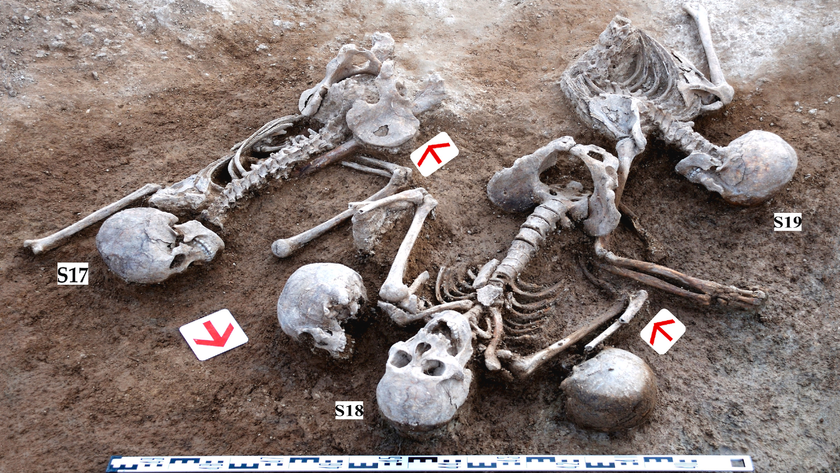
Where the Ash from Iceland Volcano's Eruption Went

The huge eruption of Iceland's Eyjafjallajökull volcano in spring 2010 spewed fine aerosol particles, sulfur-rich gases and ash, causing massive air travel disruptions across Europe. Researchers studying those emissions are now shedding light on how and where that ash traveled.
"The huge economic impact of this event shows the need to describe with precision how a volcanic plume spreads through the atmosphere," Arantxa Revuelta, a researcher at the Spanish Research Centre for Energy, Environment and Technology, said in a statement.
Revuelta and other scientists used satellites, laser detectors, sun photometers and other instruments to study the ash and aerosols (a term for small particles suspended in the air) as Eyjafjallajökull was erupting.
They found that different types of particles spread over different regions at different times. For example, they found very fine sulfur-rich particles over Spain and Portugal in May 2010, toward the end of the eruption. Alternatively, ash particles that reached central Europe in April were more than 20 times larger than those fine particles.
Ash, which is composed of the thicker particles, can cause severe damage to airplane engines. Fine particles, like those found over the Iberian Peninsula, are more dangerous to people on the ground because the particles are small enough to enter respiratory and circulation systems.
Together, the observations will help scientists develop and test models that predict where ash and other particles will travel after an eruption.
"During the management of the crisis it became evident that there are still no precise models that provide real-time data for delimiting an affected airspace, for example," said Carlos Toledano, from the University of Valladolid, who led one of the studies.
Sign up for the Live Science daily newsletter now
Get the world’s most fascinating discoveries delivered straight to your inbox.
One team is developing a model known as Fall3d, which is especially important for air travel because it predicts the concentrations of aerosol particles on the ground and in the air at different times after an eruption. Toledano and other researchers hope that fine-tuning this model will help airlines and transportation authorities make decisions in future eruptions.
The researchers' findings were published March 30 in the journal Atmospheric Chemistry and Physics, and in the March issue of the journal Atmospheric Environment.












